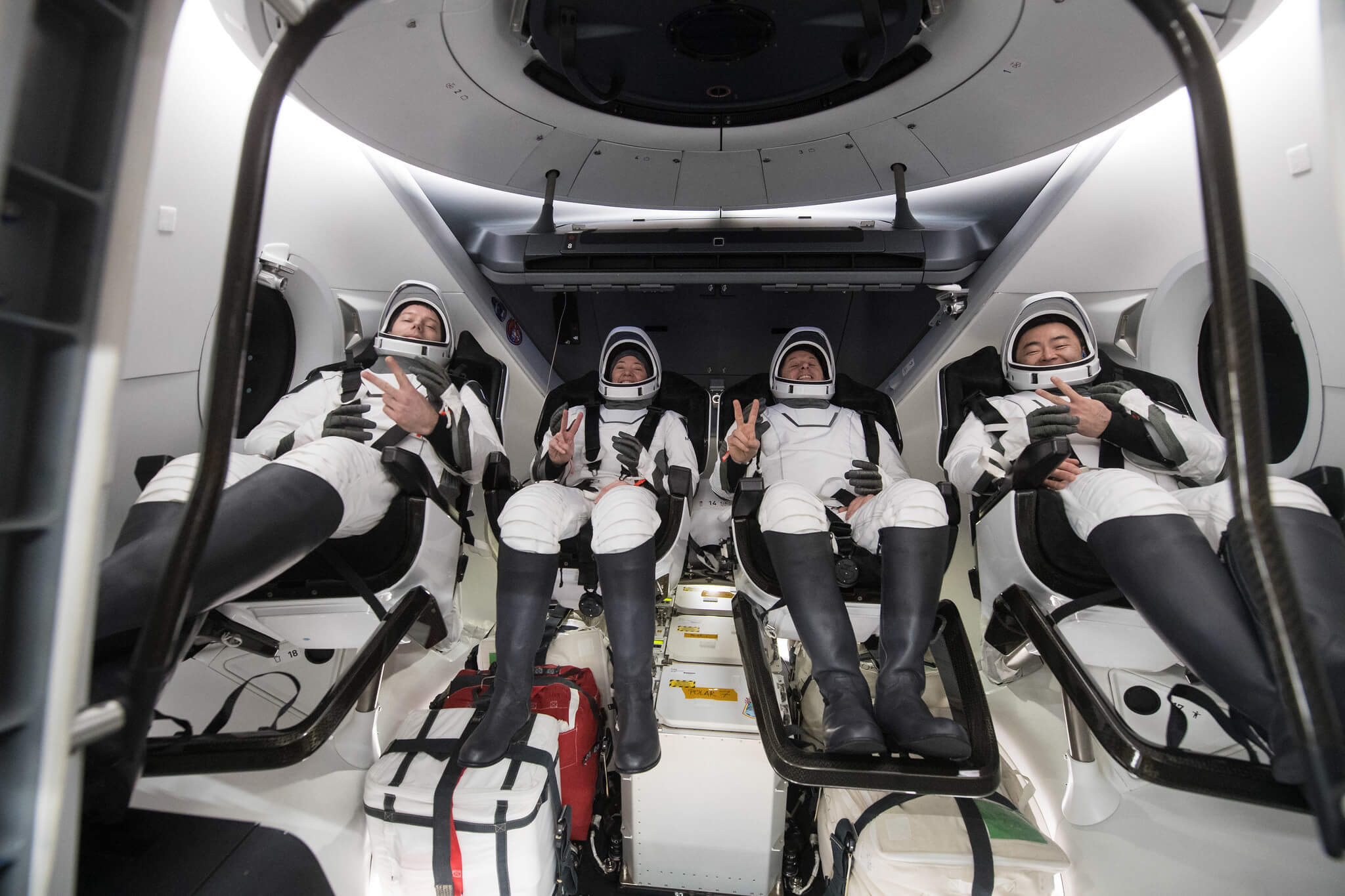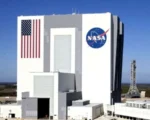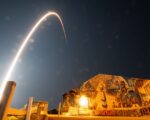In an unexpected turn of events, the astronauts from SpaceX’s Crew-8 mission were taken to a medical facility in Florida following their splashdown on Friday morning, instead of returning directly to their base in Houston, Texas. This decision, made by NASA, was described as a precautionary measure.
Splashdown and Immediate Aftermath
The Crew-8 team, consisting of three NASA astronauts—Matthew Dominick, Michael Barratt, and Jeanette Epps—along with Russian cosmonaut Alexander Grebenkin, successfully landed in the Gulf of Mexico at 3:29 a.m. ET after spending nearly eight months aboard the International Space Station (ISS). NASA reported that the crew had a “safe splashdown and recovery.”
Cheryl Warner, NASA’s news chief, confirmed in a statement at 8 a.m. ET that the crew was evaluated at a local medical facility. “The crew exited the Dragon spacecraft onto a recovery ship for standard post-flight medical evaluations,” she explained. “Out of an abundance of caution, all crew members were flown to the facility together.”
Details on Medical Evaluations
The astronauts were taken to Ascension Sacred Heart Pensacola, a hospital located near their splashdown site. While they remained at the facility, NASA officials did not specify the nature of the medical checks. Warner noted that the crew was still undergoing evaluations by 9 a.m. ET but assured that there were no initial reports of medical issues during a pre-dawn news briefing.
At a 5 a.m. ET briefing, Richard Jones, NASA’s deputy manager for the Commercial Crew Program, stated that the crew was doing well and undergoing routine medical assessments. “They’ll soon be on their way back to Houston after all of those are done,” he added.
Extended Mission and Return Challenges
Crew-8’s mission was notable for its length, marking the longest duration in space for a U.S. crewed vehicle at 235 days. The crew launched into space on March 4, and their extended stay on the ISS was due to a series of delays related to the Boeing Starliner spacecraft, which was grounded due to safety concerns. As a result, NASA opted to return the Starliner crew on a different mission, which subsequently postponed Crew-8’s homecoming.
Weather conditions also played a role in the delays, pushing Crew-8’s return into late October. As astronauts are usually in space for approximately five to seven months, this extended duration necessitated comprehensive post-mission medical evaluations.
Conclusion: A Cautious Return to Earth
The precautionary measures taken following Crew-8’s splashdown highlight the rigorous safety protocols in place for astronauts returning from extended missions. While the crew’s journey back to Houston has been delayed for medical evaluations, they are expected to return home soon, marking the conclusion of their historic mission.


















